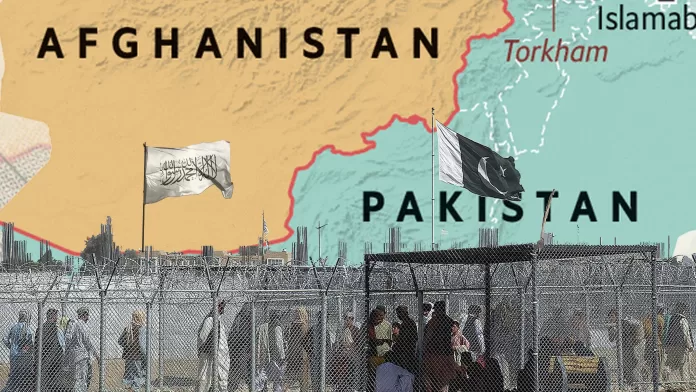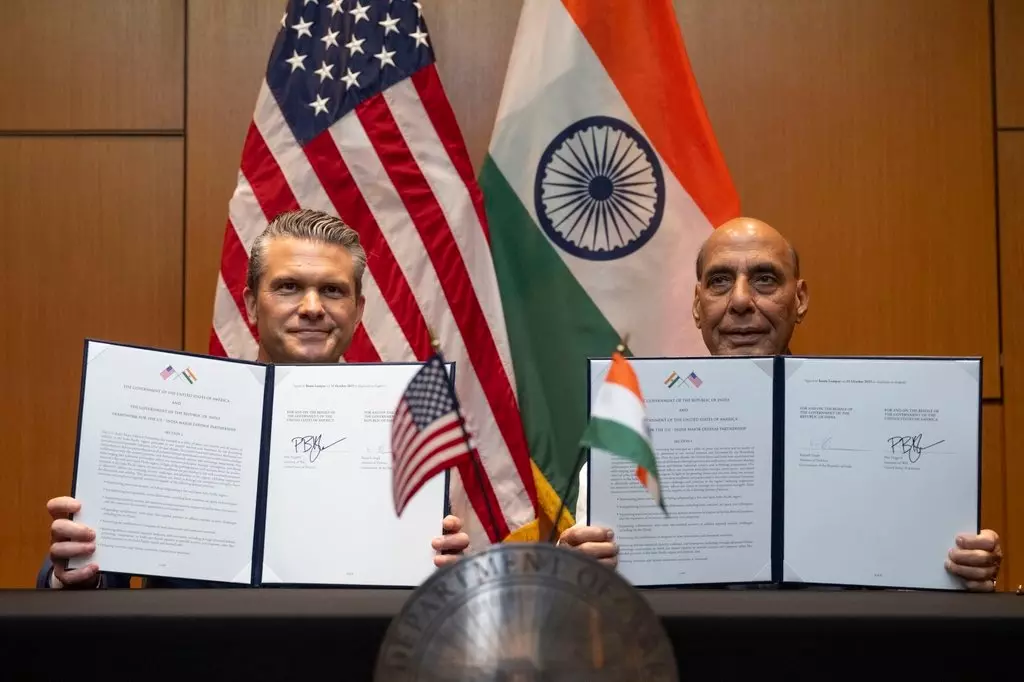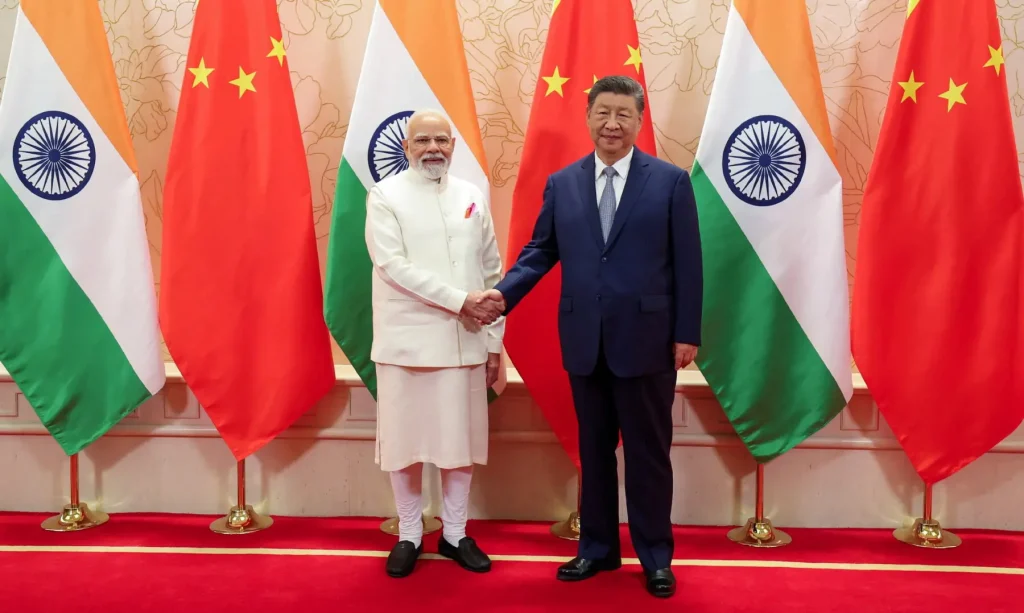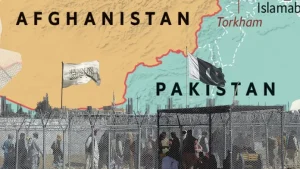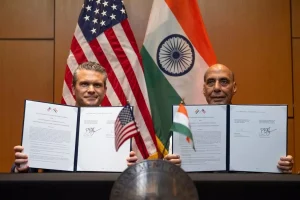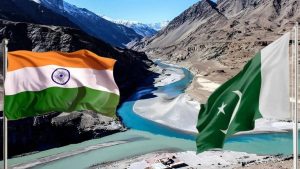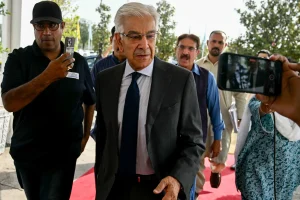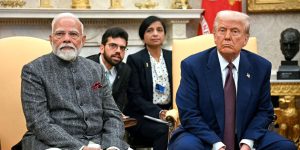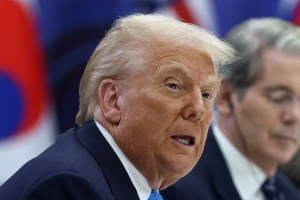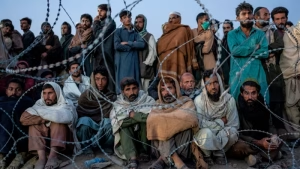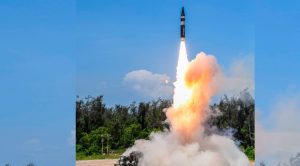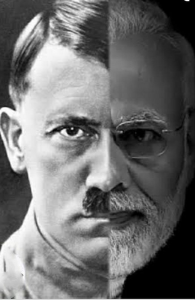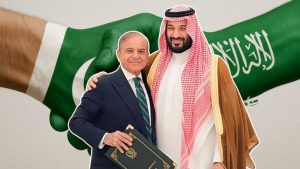The 25th Heads of State Council meeting of the Shanghai Cooperation Organisation (SCO) was held from August 31st to September 1st 2025, in the port city of Tianjin, China. All ten member states attended the event and adopted the Tianjin Declaration. In the document, all members vowed to jointly address regional security, economic, and social challenges. In addition, the focus was on strengthening multilateralism, deepening regional cooperation and promoting a more balanced and multipolar world order. Moreover, this year’s SCO summit, hosted by Chinese President Xi Jinping, was closely followed by governments and policymakers from around the world due to the evolving geopolitical landscape. China, as a host of the SCO Summit, tried to project its diplomatic influence and leadership, a voice of the Global South, and a stabilising force in a transitioning world order. The Summit also provided Beijing with an opportunity to showcase unity among SCO member states, which in turn reinforced China’s role as a central pillar within the organisation amid ongoing geopolitical competition with the United States (US). Alongside China, the other members of the SCO also tried to use the platform to project their national visions, their regional and global interests, and align themselves with the broader aspirations of the Global South.
An interesting aspect of this year’s Summit was the unique political context that shaped each participating member’s national position, influenced in turn by their respective geopolitical realities. For instance, Russian President Vladimir Putin used the platform to push back against Western-led efforts to isolate Moscow due to the protracted war with Ukraine backed by the West. He demonstrated through his presence that Russia still had reliable partners and it was still a major player on the international stage. Furthermore, Iran, as a key player in the Middle East, participated in the Summit after a 12-day war with Israel. Tehran tried to demonstrate its resilience as well as to seek diplomatic support from its partners in the region and global partners within the SCO. Arguably, the most important faceoff was between the two South-Asian countries (India & Pakistan) sharing the stage at the Summit. It was significant because of the brief and intense four-day war that the two nuclear powers fought in early May. Islamabad and New Delhi tried to seek support over issues such as Kashmir, terrorism, and water. Moreover, Indian Prime Minister Narendra Modi’s presence at the SCO Summit in China was notable for other reasons as well. India, despite being labelled as the strategic partner of the US, is facing pressure from the Trump administration in the form of 50% tariffs on its imports of Russian oil. Modi’s presence at the SCO forum signalled New Delhi’s defiance and continued commitment to strategic autonomy. The second key factor behind Modi’s presence was to stabilise and improve bilateral ties with China, derailed after the two sides clashed back in 2020 over the disputed border. Xi and Modi’s meeting after a long gap was a step towards diplomatic re-engagement. The third reason is that, despite being part of the Quadrilateral Security Dilaogue (Quad) and New Delhi’s engagement with Western countries through the G-7 forum, it does not want to miss opportunities for engagement with alternative multilateral platforms like the SCO and BRICS, an informal grouping of emerging economies. Moreover, New Delhi, under Modi’s leadership, tried to reinforce its identity as leader of the Global South to maintain its influence among non-Western powers. Against this background, the SCO summit was rich in diplomatic optics. However, it should not be considered a strategic realignment. It is highly unlikely that New Delhi and Washington would disengage and move away from each other. Their long-term strategic interests align with each other. Similarly, the meeting between Xi and Modi will not narrow down their difference. This realignment seems to pressure the US by signalling that India had options other than the United States. The symbolic gestures witnessed at the SCO Summit remained far from the geopolitical realities that continue to define the region.
In this year’s SCO Summit meeting, India’s statement was more or less similar to last year’s with mention of terrorism but this time with sharper tone in the backdrop of Pahalgam attack, respecting sovereignty and territorial integrity of states; hinting towards projects like Belt and Road Initiative (BRI), especially with respect to China-Pakistan Economic Corridor (CPEC) which passes through Kashmir, and finally people to people and civilizational ties in the region. There were certain additions like the S-C-O framework (Security, Connectivity, Opportunity) to give SCO a more focused approach, but nevertheless, the content remained as of the earlier Summits. The 2024 speech was more about principles, climate, Artificial Iintelligence (AI), and cultural diplomacy, while the 2025 speech was sharper and more political, which was structured around the SCO pillars, highlighting terrorism (with reference to Pahalgam), and sovereignty in connectivity, and mention of the Global South.
With reference to territorial integrity, India hinted that states should respect the territorial integrity of other states, a point made incidentally in connection with China’s BRI projects, particularly CPEC. At the same time, despite its re-engagement with China, India continues to see itself as a separate pole and emphasizes strategic autonomy in its foreign policy; however, it has been running out of options since US President Donald Trump took office in January this year. So, despite having problems with China with regard to border disputes and disputed territory, namely Aksai Chin, India does seek stable relations with its northern neighbour. It may be to offset the American pressure and optics to show the that even if the US moved away from India, it would have other options.
Political pressure is also rising within the US as well, Nikki Haley, former US Ambassador to the United Nations, has urged President Trump to reconsider tariffs on India, as the relationship between India and the United States is not adversarial like China. Right now, the US president does seem to have been affected by the pressure within the US. On the birthday of the Indian prime minister, President Trump wished him birthday and hinted at a possible rapprochement. In response, the Indian Prime Minister Modi thanked President Trump and hoped to reach a trade agreement with the US soon.
Despite India’s efforts to create an image of a leader of the Global South, it is unlikely India will engage in any meaningful negotiations with China, despite having flourishing economic relations with bilateral trade of $125 billion in 2024-2025. This is because India’s long-term strategic interests, which include modernisation of its military, align more with the United States than any other state. The example of this could be India’s indigenously designed HAL Tejas’s aircraft engine are American-made General Electric F-404s for its Mark 1A variant. Similarly, the US sees India as a net security provider in its Asia-Pacific strategy, which will be able to counter Chinese influence and “promote free and open” trade. In short, both states need each other, with India needing to modernise its military and the US needing India to counterweight to China. Lastly, counter-balancing China will be unlikely as India will seek to benefit more from the United States rather than the other way around. However, with Donald Trump being the US president, this seems unlikely. In the near future, though, India may eventually make a deal with the United States, as evident from the US president’s post on Truth Social on September 1st.
In conclusion, India and China might continue to engage in talks over border disputes and trade; however, these dialogues are not likely to progress beyond tactical engagement to address any meaningful, long-term resolution, as the deep-seated trust deficit and competing strategic ambitions remain insurmountable. Consequently, India would actively pursue and eventually solidify a comprehensive trade deal with the United States, recognising that such a partnership is indispensable for securing technology, capital, and security cooperation to achieve its long-term strategic objectives and counter Chinese influence. This year’s SCO summit, therefore, served as little more than a strategic optic, allowing New Delhi to project solidarity with the Global South and pressure the Global North, while carefully insulating its core national interests from the constraints of any bloc-led consensus. Ultimately, India’s foreign policy is demonstrating a clear and pragmatic shift towards issue-based partnership, prioritising its own economic and security needs over rigid ideological alignment.


